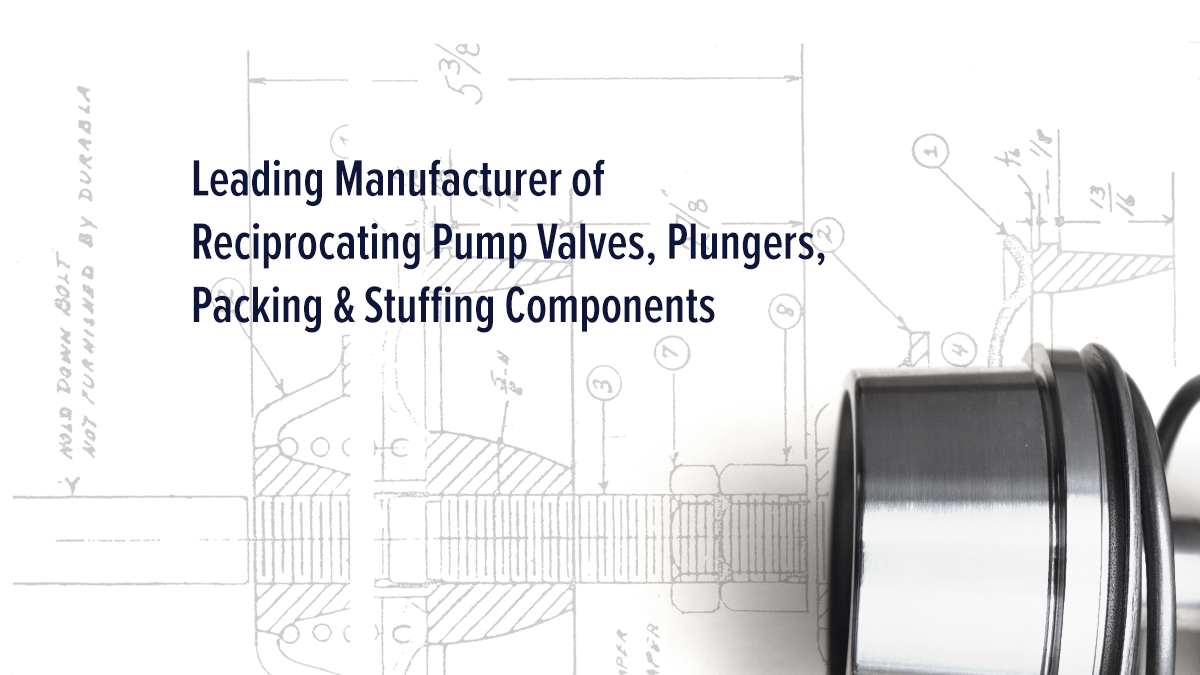Reciprocating pumps are comprised of six basic components. These are:
- A fluid end: The fluid end contains and then displaces liquid in hydraulic applications. The fluid end is divided into two chambers; a larger suction chamber and a smaller volume discharge chamber. These respective chambers have suction valves in the lower suction chamber and discharge valves in the upper discharge chamber. They open and close as the plunger moves back and forth moving liquid under pressure from the suction chamber to the discharge chamber.
- A suction (inlet) pipe: This is the point of entry into the fluid end. A mechanism gradually brings liquid into the fluid end until the fluid end’s chamber is at maximum volume capacity.
- A plunger: A plunger has the task of displacing the compressed liquid inside a reciprocating pump’s suction chamber and subsequently allowing for replacement within the same chamber. The plunger retracts away from the suction chamber as the suction pipe discharges liquid into the suction manifold beneath the suction chamber. Once the suction chamber has reached its maximum capacity for liquid storage, the suction valve closes off, and the plunger begins its forward motion for displacement. As the plunger advances toward the suction chamber, the discharge valve opens, and the liquid in the suction chamber is pushed out and into the discharge chamber. Once the discharge chamber reaches its maximum capacity, the discharge valve closes and the process repeats itself.
- A crankshaft: The crankshaft has a sheave on the end. V-belts connect a large sheave on the crankshaft to a smaller sheave on the motor. This rotates the crankshaft.
- A discharge pipe: This is the delivery channel of the force generated by the liquid displacement toward the desired destination.
- A suction and discharge inlet piping: Liquid is moved into and out of the suction and discharge chambers through suction “inlet” piping and discharge piping.
Why are reciprocating pumps also called positive displacement pumps? Positive displacement pumps, in contrast with centrifugal and non-positive displacement pumps, produce a constant flow at a given speed despite variations in discharge pressure.
Positive displacement pumps have an expanding cavity during suction and a decreasing or collapsing cavity during discharge.





Comments